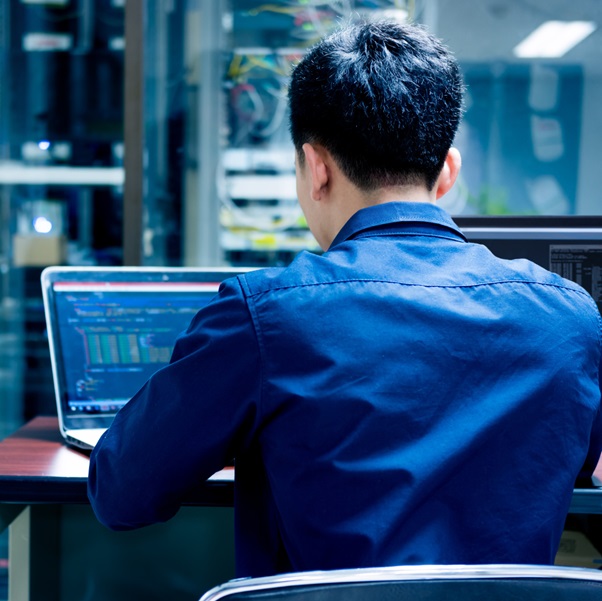In IT infrastructure, keeping operational effectiveness and avoiding expensive downtimes mainly depend on hardware components operating smoothly. This situation makes IT hardware maintenance service a necessity to reach this objective. With this, examine the essential elements of successful IT hardware maintenance plans offered by reputable companies.
1. Preventive Maintenance
The foundation of any effective IT hardware maintenance programme is preventive maintenance. It entails routine cleaning, inspections, and modifications to spot possible problems early on and fix them before they become serious ones. By being proactive, you may extend the life of your gear and reduce the chance of unplanned malfunctions. IT hardware maintenance businesses usually provide planned maintenance programmes customised to the unique requirements of their client’s equipment to guarantee optimum performance and dependability.
2. Diagnostic Testing
Another crucial part of IT hardware maintenance is diagnostic testing, which enables specialists to evaluate the functionality and state of specific hardware parts. Technicians can find flaws, mistakes, or inefficiencies that might be affecting system functionality using a combination of software tools and manual inspections. This thorough evaluation allows prompt interventions, addressing problems and returning hardware to optimal condition. Comprehensive diagnostic techniques are generally included in the basic offers of IT device maintenance services.
3. Hardware Repairs
Throughout an IT equipment’s lifecycle, hardware repairs are unavoidable owing to normal wear and tear, component failure, or unintentional damage. IT hardware maintenance companies have knowledgeable professionals with the skills and equipment needed to complete repairs quickly and efficiently. These experts guarantee that business operations are disrupted as little as possible when replacing malfunctioning parts or debugging complicated problems. Quick repair services are also frequently included in maintenance contracts to reduce downtime and preserve production.
4. Firmware and Software Updates
Updating hardware firmware and software is essential for fixing security flaws, improving functionality, and adding new features. Software and firmware updates for the entire hardware infrastructure are frequently managed as part of IT hardware maintenance services. This approach means minimising the chance of compatibility problems or system outages by finding compatible upgrades, testing them in a safe setting, and smoothly distributing them. Businesses may reduce security risks and maximise hardware performance by remaining up-to-date with upgrades.

5. Remote Monitoring and Management
Modern IT hardware repair solutions increasingly come with remote monitoring and management capabilities. IT hardware maintenance firms use cutting-edge technologies and solutions for remote, real-time hardware component health and performance monitoring. By taking a proactive stance, such problems can be identified early and promptly addressed before they influence system functionality. With the help of remote management tools, issues may be quickly troubleshooted and resolved—often without requiring on-site visits—which lowers expenses and minimises disruptions.
6. Spare Parts Management
Effective spare parts management is essential for ensuring prompt repairs and minimising downtime in case of hardware failures. IT hardware repair businesses keep extensive stockpiles of replacement parts and components on hand to enable prompt replacements when necessary. By keeping standard parts and components on hand, they can speed up repairs and quickly get hardware functioning again. Furthermore, access to authentic parts is made possible by strategic alliances with hardware producers, guaranteeing the dependability and compatibility of replacement parts.
7. Performance Optimisation
Performance optimisation is an ongoing endeavour in IT hardware maintenance, aimed at maximising the efficiency and effectiveness of hardware resources. Proactive steps to maximise hardware performance, such as optimising configurations, modifying settings, and putting best practices into effect, are included in IT hardware maintenance services. Businesses can increase output, save energy use, and prolong the life of their IT infrastructure by optimising hardware performance. Complete maintenance strategies must include regular performance evaluations and optimisations.
Conclusion
Several essential elements go into effective IT hardware maintenance, all of which guarantee the durability, performance, and dependability of hardware infrastructure. Every part, from hardware repairs and diagnostic testing to preventative maintenance and performance optimisation, is essential to protecting against disruptions and optimising operating efficiency. Businesses may get customised maintenance solutions tailored to fit their unique requirements and reduce the chance of hardware failures by working with reliable IT hardware maintenance companies.
Contact A-ChieveMent Solution, and don’t let outdated hardware hinder your business growth.


